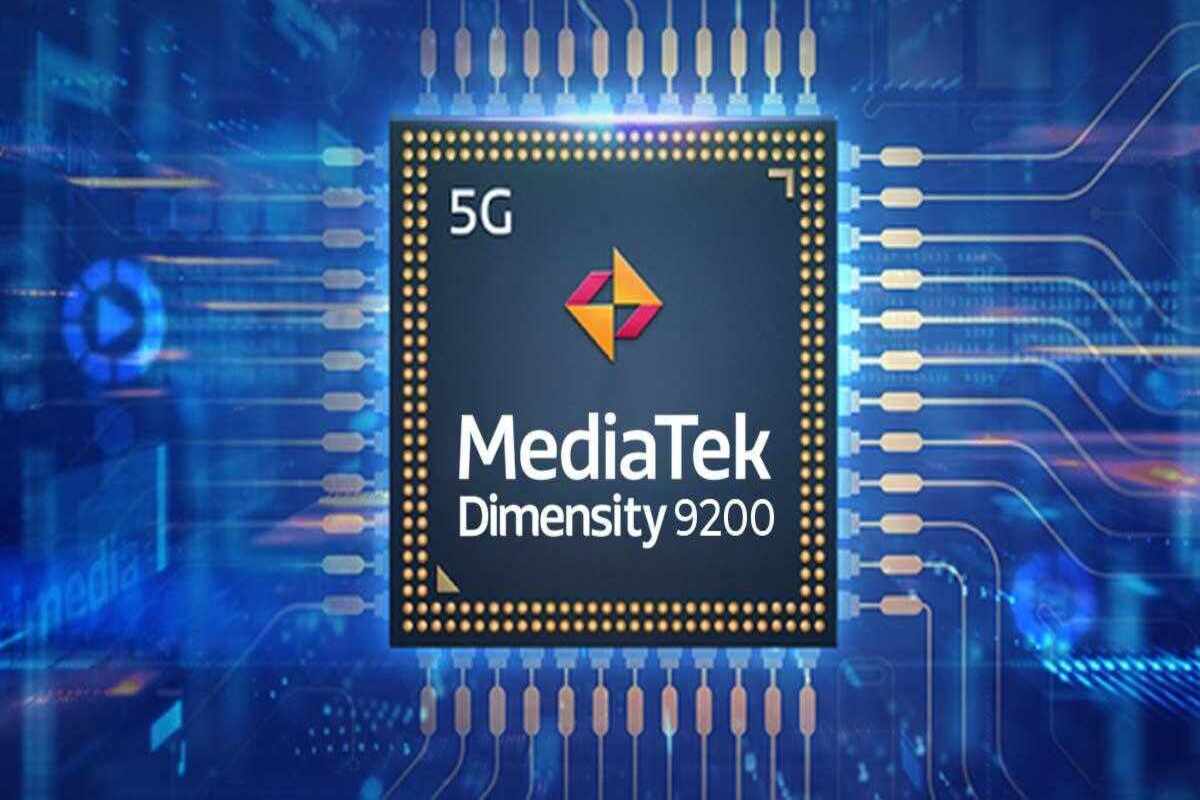A new flagship-level CPU from MediaTek, speculated to be called the Dimensity 9200 SoC, is reportedly about to be released. The Apple A16 Bionic could now be outperformed by this next chipset in simulated benchmark tests, as per a new study. According to earlier claims, the world’s largest chipmaker is developing a brand-new processor of the highest quality that will significantly outperform its forerunners. Prior to any announcements, however, a tip has provided fresh details about the synthetic benchmark performance of the Dimensity 9200 SoC.
Dimensity 9200 GPU Benchmark Details
The A16 Bionic chip is the same chip that powers the Apple iPhone 14 Pro and iPhone 14 Pro Max models. It comes as a surprise that MediaTek was able to surpass the latest silicon from the Cupertino-based company because Apple CPUs have traditionally been marginally superior to their Android equivalents in some areas. According to a rumour from ITHome, a few high-end flagship phones that will launch later this year and next year will use the Dimensity 9200 SoC. We also have some knowledge about the chip’s core configuration, according to the well-known tipster Digital Chat Station. The Dimensity 9200 may have a base frequency of 2.85 GHz and a maximum clock speed of 3.05 GHz. However, its efficiency-based cores will reportedly operate at 2.0 GHz. The Mali G715 GPU will be paired with this CPU, resulting in a combined AnTuTu score of 1,266,102. On the platform, it is the highest score ever. According to the leak, the Dimensity 9200 was able to achieve 328 frames per second in the GFX 1080p Manhattan 3.0 off-screen Test. In Manhattan 3.1 off-screen tests, this chip reportedly achieved a score of 228 frames per second. On these same tests, the Apple A16 Bionic only achieved a score of 280 frames per second and 200 frames per second, respectively. Similar to how it beat out the Dimensity 9000+, which scored 220 frames per second and 160 frames per second, and the Qualcomm Snapdragon 8+ Gen 1, which scored 281 frames per second and 188 frames per second, respectively. Remember that this is still just a report, so take this information with a grain of salt for the time being.
